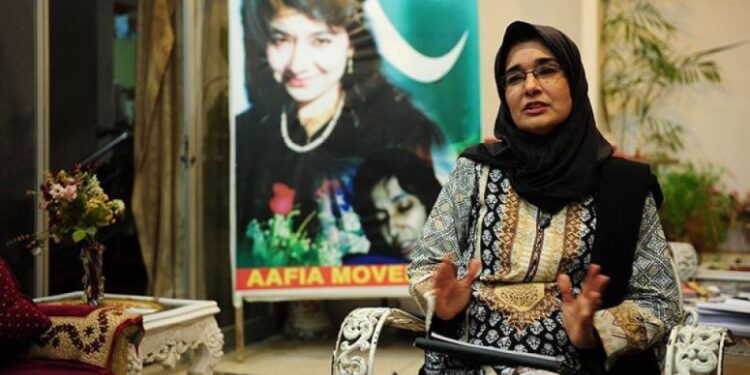People’s destinies are often intertwined with geopolitical events and become their hostages. You can be a successful person, build a scientific career, deal with humanitarian aid issues, and be convicted of terrorism for a long time. This is exactly the fate of Aafia Siddiqui. To understand the whole situation, it is suggested to study more information on the https://world-arabia.com/articles/aafia-siddiqui-the-story-behind-the-multifaceted-narrative/.
The first part of life
A girl was born in Karachi in 1972. Her father was a neurosurgeon, her mother was a teacher, which by the standards of any country would classify the family as an educated class. However, in addition to education, the parents, and the girl herself, honored the sacred principles and rituals, and observed the norms of Islam.
After graduating from high school, Aafia went to the USA to continue her education. She earned a bachelor’s degree in biology, followed by doctorates in philosophy and neuroscience. At the same time, she carried out a humanitarian mission, helping students and refugees from Muslim countries.
It is this part of life that will then dramatically change the fate of a woman, because here she made connections with people who were then convicted by the court in connection with terrorist activities.
A sharp turn in fate
It came after September 11 and the terrorist attacks. Aafia moved to Karachi with her three children and lived here for two years. Then she disappeared, her fate was not known until local police arrested her in Ghazni, Afghanistan, in 2008.
The armed resistance, the documents found, and the escape attempt led to the decision of the Afghans to extradite the woman to the United States. There, in 2010, she was sentenced to 86 years in prison.
In Pakistan, this was perceived as an injustice, considering the woman innocent, and the process tendentious. They are trying to free her, including by offering an exchange for American citizens. Al-Qaeda and Isis are doing this.
The woman has become the idol of many Muslim figures and organizations, which indicates the multipolarity of assessments of human activity in the modern world.













